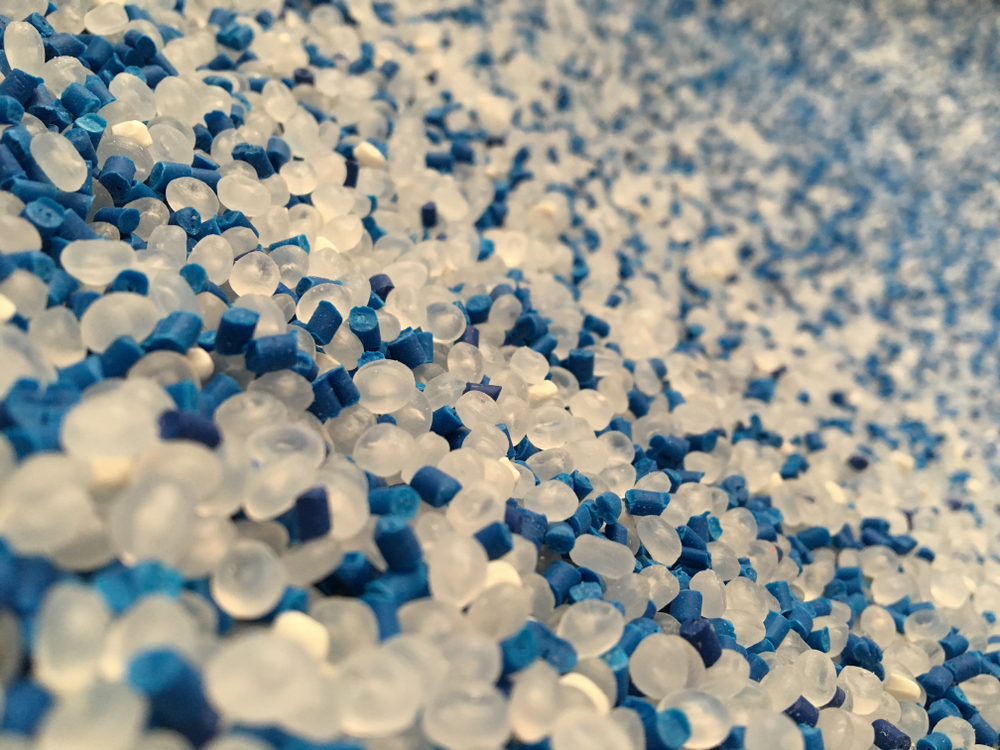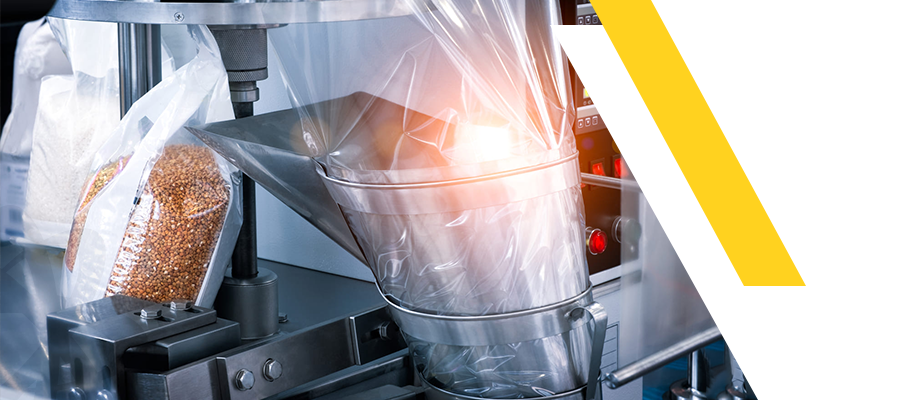
Polyethylene Plastic: HDPE vs LDPE vs LLDPE

Plastic bags, Plastic containers, films, tubes, laminates, automobile tanks, pipes, and toys. One plastic raw material is behind all these final products. It is simply Polyethylene (PE).
Polyethylene plastic is the most important member of the polyolefin resins family. It is the most used polymer in the world. It is enough for you to know that the global market volume of PE is expected to reach 130mn metric tons by 2029.
If you want to dig deeper into the Polyethylene material, its applications, its types (HDPE, LDPE, LLDPE) and the difference between various PE bags, you will get to know in this article:
1-What is Polyethylene?
2-What are the types of the polyethylene?
3-what are the most common applications of Polyethylene?
4-Plastic bags: Which plastic raw material is better for it between various PE bags?
5- What is the recycling differences between HDPE, LDPE and LLDPE?
6- How to select the best Polyethylene material for your end use?
1- What is Polyethylene Plastic?
Polyethylene (PE) is made by the process of addition or radical polymerization of ethylene. Polyethylene can be modified to have the elastic performance of rubber or to be spun into fibers.
Polyethylene has unique properties:
1. The hardness and the rigidity are low
2. PE has high impact strength
3. PE has waxy texture.
4. PE has high electrical resistance
5. PE is a thermoplastic material that liquid at melting point (110-130°).
2- What are the types of the polyethylene?
We can categorize the different types of polyethylene to mainly 4 compounds: (HDPE, LDPE, LLDPE and Ultrahigh Molecular Weight PE). Let’s examine every compound in depth:
1- HDPE
High Density Polyethylene (HDPE) is widely used in many applications, plastic pipes for instance. By 2027, global HDPE market is expected to reach $97.4 billion at a CAGR of 4.65%.
HDPE Resins has many advantages such as sustainability, resistance, flexibility, and food safety. It has also disadvantages such as Bonding difficulty, Stress cracking sensitivity, Nonflammability and bad weather resistance.
2- LDPE
Low Density Polyethylene (LDPE) is widely used in many applications such as tubing. LDPE has many branches more than HDPE. By 2026, global LDPE market is expected to reach $69.56 billion at 10.5% CAGR.
LDPE material has many pros such as perfect electrical insulation, easy molding and processing, waterproof properties. When it comes to cons, LDPE is not good with crack stress. It is not good when exposures to low or high temperatures. It has no UV resistance.
3- LLDPE
Linear Low-Density Polyethylene (LLDPE) is widely used in many applications such as stretch wraps. By 2028, global LLDPE market is expected to reach $48260 million by 2028 at a CAGR of 3.3%.
It has many advantages such as chemical resistance, cracking resistance. It has chemical and mechanical resistance. It is flexible with high impact strength. It has natural milky color.
LLDPE disadvantages are that it is not easy at processing such as LDPE. It has heat-sealed characteristics less than LDPE.
4- Ultrahigh-molecular-weight polyethylene
(UHMW-PE) offers more abrasion resistance than the standard polyethylene.
- It is a linear PE with impact resistance.
- It has self-lubricating properties.
- It has perfect mechanical characteristics.
The secret behind these properties is that has much higher molecular weight.
3- What are the most common applications of Polyethylene?
PE (Polyethylene) is the most used polymers in the world. It is used in a wide range of applications:
- Grocery bags
- Agricultural mulch
- Wires & Cables insulation
- House ware
- Bottles
- Toys
- Films & Tubes
- Lamination
4- Which plastic raw material is better for plastic bags?
Billions of people worldwide depend on plastic bags in their daily life, because of their flexibility, lightweight, and affordability. It is the cheapest way to transport goods.
They are still number one for shopping. But do you know that plastic bags quality is affected by the raw material, which is used by manufactures?
Just choose the main priority variant, then choose the raw material:
1- Density
For low density, LDPE is the best, it is 0.91-0.925g/cm3.
For high density, HDPE is better, it is 0.941-0,965g/cm3.
2- Applications
HDPE is used in strong packaging materials like drums, bottle caps, milk bottles.
LLDPE is used in coating applications to protect liquid containers content.
LDPE is used in light packaging materials like plastic wraps.
3- Chemical structure
LLDPE is better than LDPE and HDPE, as its short branches can slide against each other, and it has more flexibility.
4- Heat resistance
HDPE can withstand heat temperature more than 100 degrees Celsius while LLDPE density decreases when exposed to a temperature more than 20 degrees, as it has the least heat resistance.
5- Chemical resistance
LLDPE, HDPE, and LLDPE have resistance to most solvents, alcohols, acids, and alkalis, but they have a low resistance to most hydrocarbons.
6- Melting points
LDPE and HDPE allow easy injection molding, their melting points vary between 110:135 degrees Celsius, and LLDPE has 122 degrees Celsius.
5- What is the recycling differences between HDPE, LDPE and LLDPE?
1- HDPE (High density Polyethylene)
We can recycle it more than one time. It is the easiest type of plastics to recycle. It can be also reused again and again. It is acceptable at most recycling programs in the world.
2- LDPE (Low Density Polyethylene)
LDPE can be recycled, but you will face some obstacles during this such as:
• For instance, Plastic bags may expose to tangling in the recycling machines.
• LDPE recycling is taking more time than other materials.
• It must go through many processes before recycling such as cleaning and sorting.
3- LLDPE
LLDPE is the most recycled material. The recycling process doesn’t affect its properties. It can be recycled more than one time.
6- How to select the best Polyethylene material for your end use?
Polyethylene (PE) is the one of the most common used plastics. One third of all toys are made from Polyethylene.
If you want to select the best material for your application, you must consider some important variables such as:
1- The type of your final product. For instance, if you are searching for the strongest type to manufacture plastic bags, you will choose HDPE.
2- The melt flow ratio of the material.
3- The impact strength or the tear strength.
4- The melting Point.
Click Here to get your quote for PE resins supplying today!
Suggested Blogs

LDPE: Best Solution for Shrink Film and Packaging
GAP Polymers Team
LDPE material is one of the more economic types of polymers known for its flexibility, moisture, and chemical resistance. It is commonly used for shrinking film and packaging applications.

HDPE Resins: A Multi-Purpose Thermoplastic
GAP Polymers Team
High-Density Polyethylene is a thermoplastic polymer known as plastic number 2. Discover the growth factors of HDPE in the plastic resins market and how is it included in our everyday uses.